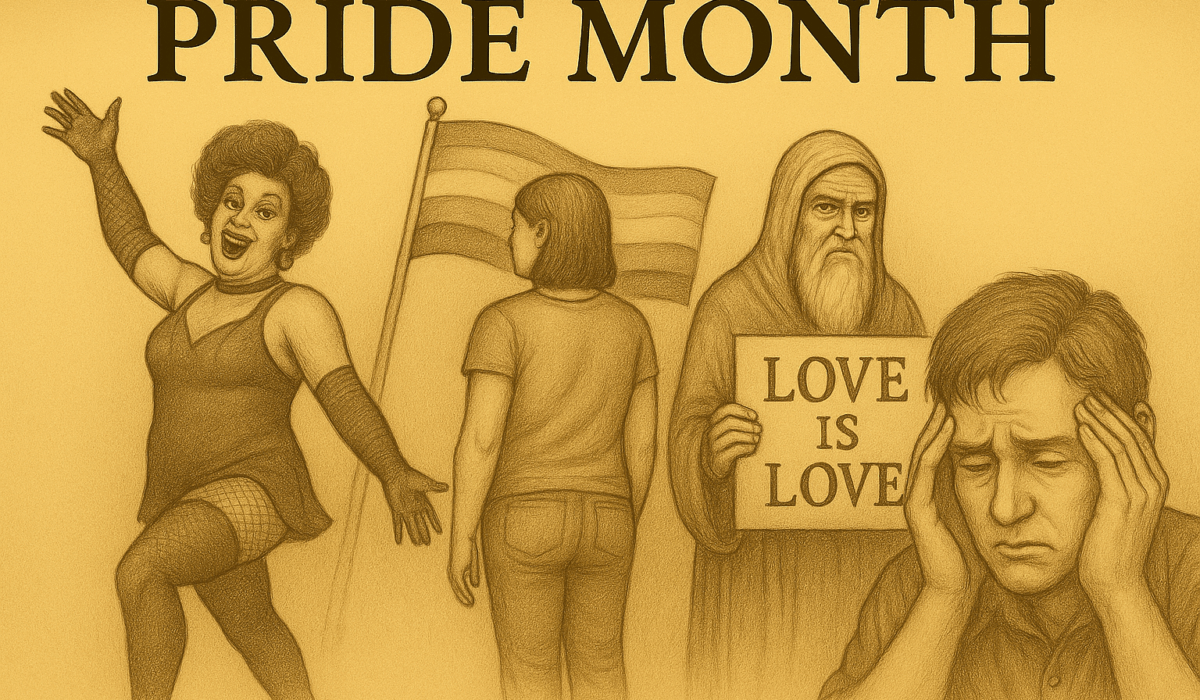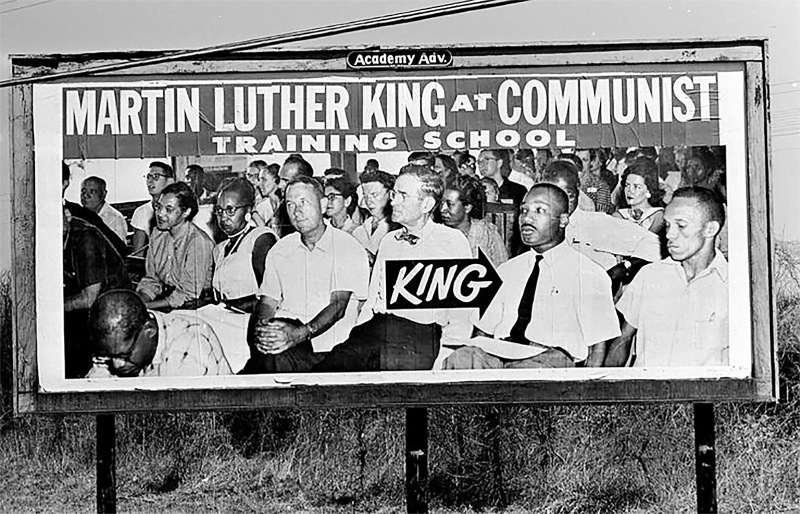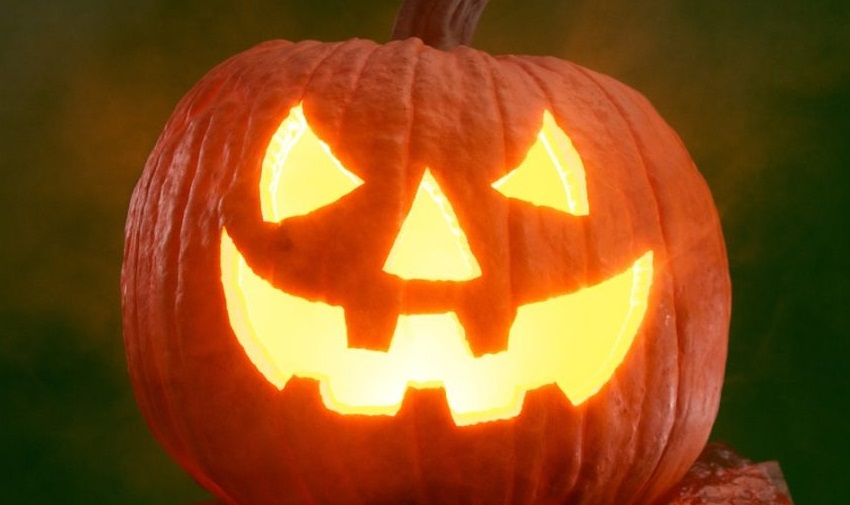Part 1: The Rise of Pride — From Sin to Celebration
“Pride goeth before destruction, and an haughty spirit before a fall.”
— Proverbs 16:18 (KJV)
Every year, like clockwork, the month of June arrives, no longer greeted with the rhythms of summer planting, family feasts, or the sacred honoring of fathers, but with rainbow flags, grotesque parades, drag queens, corporate virtue-signaling, and a sweeping national campaign of blasphemy and confusion. It is called “Pride Month,” but what it really celebrates is not pride in the Biblical sense, of craftsmanship or good labor, but pride in its most demonic form: the willful, defiant exaltation of sin.
What we see paraded today is not just sexual confusion or moral looseness, it is open war against God’s created order. Pride Month is a state-sanctioned sacrament in the new religion of rebellion. It is the liturgical high feast of a culture that has cut off its roots from the Word of God and drinks deeply from the chalice of perversion.
The Deception of “Progress”
The world tells us this movement is about love, inclusion, and tolerance. But scratch the surface, and what you find is a gospel of self-worship and lawlessness. The “love” that is paraded is not the self-sacrificing, covenantal love of Christ, it is the celebration of unrestrained lust. The “inclusion” is not the kind Christ extended to sinners who repented, but the forced acceptance of sin and the silencing of those who dare to call it by its name.
In less than a century, what once was rightfully outlawed and condemned as abomination (Leviticus 18:22) has been exalted to the status of virtue. And what once was held sacred, marriage, gender, modesty, headship, and moral order, has been relentlessly attacked, mocked, and torn down.
But how did we get here? How did a nation once founded on Biblical principles descend into celebrating the very things that provoke God’s wrath?
The answer lies in a long and deliberate revolution, one that began not with rainbow flags, but with the systematic dismantling of Biblical authority, patriarchy, and the household.
The Path to Pride: Rebellion by Design
Satan has always worked the same strategy: “Hath God said?” From the garden to modern America, the serpent’s hiss has echoed through every institution. The moral revolution did not begin with gay marriage or transgenderism. It began when man rejected the Great Order of God: His law, His family structure, His definitions of right and wrong.
The Enlightenment dethroned God’s law in favor of man’s reason. Feminism declared war on headship. Humanism exalted feelings above obedience. And the sexual revolution finished the job by severing the body from its design and purpose. It told men and women that their identities were not received from God, but created from within, the ultimate rebellion.
By the time Obergefell v. Hodges was handed down by the Supreme Court in 2015, legalizing so-called “gay marriage,” the spiritual and cultural rot had already taken hold. The ruling was merely the final nail in the coffin of a society that had rejected God’s authority long ago.
What followed was the formal institutionalization of sin. Now, not only is homosexuality protected and normalized, it is praised. Now, not only are children exposed to perversion, they are targeted, recruited, and indoctrinated in schools, media, and even churches.
This is no accident. It is a deliberate, well-funded, and spiritually motivated assault on the foundation stones of God’s creation.
The New State Religion
Pride Month is not just a celebration, it is a false religion, complete with its own doctrines, saints, symbols, and punishments for heresy.
- The rainbow, once the covenant sign of God’s mercy after judgment, is now waved in the streets as a symbol of rebellion against the Creator.
- The parades, complete with nudity, bondage, and grotesque displays, are now considered family events.
- Corporations and governments fly the pride flag with more zeal than they ever showed for their own nation’s flag.
- Churches drape rainbow stoles on their pulpits and dare to claim God affirms what He condemns.
Like Nebuchadnezzar’s golden image, the rainbow idol is now raised high, and all are expected to bow, or face social and economic destruction. Bake the cake. Use the pronouns. Affirm the delusion. Or be canceled, fired, de-platformed, and silenced.
This is not about freedom. It is about enforced submission to Sodom’s values.
Pride Is Not a Side Issue
There are many who still try to dismiss this as a political or “cultural” issue, separate from the faith. But this is no peripheral battle. This is a frontline war for the soul of the nation and the future of our children.
The normalization of homosexuality and transgenderism is not just a sin among others, it is a signpost of a society under judgment.
“For this cause God gave them up unto vile affections…”
— Romans 1:26 (KJV)
Romans 1 lays it out clearly: when a people reject the knowledge of God, He gives them over to their own depraved desires. The rise of open sodomy, gender confusion, and prideful defiance of nature is not merely tolerated sin, it is a divine punishment. It is not a sign of liberty, but of spiritual decay.
When a society is given over to Pride, it is already in the final stages of rot. The foundations have collapsed. The hedge of protection is broken. And the wrath of God is already working its way through the land, one mutilated child, one shattered household, one desecrated pulpit at a time.
From Sodom to Now: A Pattern of Judgment
There is a reason why Sodom is mentioned over and over again in Scripture, not merely as a past event, but as a type, a prophetic warning.
- Isaiah 3:9: “The shew of their countenance doth witness against them; and they declare their sin as Sodom, they hide it not. Woe unto their soul!”
- Luke 17:28–30: As it was in the days of Lot, so shall it be in the day when the Son of man is revealed.
Sodom was not destroyed merely for being perverse, it was destroyed because the culture celebrated its perversion, pushed it on others, and rejected the righteous warnings of God’s people.
Sound familiar?
Today, we see the same pattern:
Sin is no longer hidden, it is celebrated.
God’s design is no longer honored, it is defied.
Those who speak the truth are not just ignored, they are hated.
And what did Lot do? He fled. He didn’t argue with the crowd. He didn’t start a dialogue. He led his household out, before the fire fell.
So must we.
Part 2: The Rotten Fruits — What Pride Actually Produces
“Ye shall know them by their fruits.”
— Matthew 7:16 (KJV)
We live in a culture that endlessly chants, “Love is love,” “Trans women are women,” and “Celebrate Pride,” while shutting its eyes to the catastrophic fruits of these lies. But God is not mocked. That which a man or a nation sows, it shall also reap (Galatians 6:7). And the harvest of Pride is now fully visible, for those with eyes to see.
Let us look soberly at the fruit this movement has produced, not according to the slogans, but by its real-world consequences.
1. The Destruction of the Family
Pride ideology is an open war against the family as God designed it. The household is the bedrock of civilization, husband as head, wife as helper, children as the inheritance of the Lord. But in the name of “inclusion,” Pride seeks to redefine the family, erase gender roles, and sterilize the future.
- “Two dads” or “two moms” is not a family, it is a counterfeit.
- A “pregnant man” is not a miracle, it is a mentally ill woman pumped with testosterone.
- Children raised in these households are not “progressive”, they are victims of confusion and stolen identity.
Studies have shown that children raised in same-sex households suffer higher rates of depression, gender confusion, emotional instability, and identity disorder. But even beyond the statistics, we must ask: What right does anyone have to deny a child a father or a mother in the name of adult gratification?
Pride Month glorifies this theft. It cheers for households without headship, for wombs rented by money, for surrogacy-by-contract, and for children as trophies. This is not love, it is wickedness.
2. The Mutilation of the Body
Perhaps the most grotesque fruit of Pride ideology is the irreversible mutilation of the human body, especially in children. In any sane civilization, a child cannot buy alcohol or vote, but in ours, a confused 13-year-old can begin hormone therapy, bind their chest, or schedule a mastectomy with the blessing of state-funded doctors.
This is not “affirming care.” This is child abuse dressed in clinical terms.
Boys are castrated, girls are sterilized, and thousands are left with permanent damage, physically, emotionally, spiritually. The skyrocketing number of “detransitioners” tells a story the media refuses to report: pain, regret, and irreparable harm.
The Pride movement does not protect children. It preys on them.
3. The Collapse of Moral Boundaries
With every passing year, the line moves further.
- What began as “love wins” quickly became “pronouns or else.”
- What began as “equal rights” turned into forced participation in perversion.
- What began as tolerance of sin is now intolerance of righteousness.
There are now calls in serious academic and activist circles to “reimagine” the age of consent, to decriminalize pedophilia, to promote “minor-attracted persons” as an “orientation.” This is no slippery slope theory, it is happening now, in broad daylight, backed by “Pride scholarship” and media silence.
God’s law provides clear moral boundaries, not to restrict joy, but to preserve it. When a society destroys these boundaries, it gives way to chaos, delusion, and eventually tyranny.
4. Mental Illness and Suicide
We are told that those in the LGBT community suffer from depression and suicidal ideation because of “social stigma.” But in reality, these outcomes persist even in countries, cities, and homes that are completely affirming.
The truth is simple: living in rebellion to one’s design leads to despair.
When a man rejects what he was made to be, when a woman severs herself from her God-given glory, when a person cuts off their natural function, it cannot bring peace.
Pride promises joy. But its fruit is confusion, pain, and death.
“The way of transgressors is hard.”
— Proverbs 13:15 (KJV)
5. The Blasphemy of the Church
Perhaps the most shameful fruit of the Pride movement is its colonization of once-Christian churches. There is scarcely a major denomination left uncorrupted. Rainbow flags now hang in sanctuaries where the Word of God once thundered. Effeminate false teachers proclaim that “God is queer” or “Jesus had two dads.” “Affirming” congregations perform same-sex “weddings” and host drag shows in their fellowship halls.
These are not churches. They are synagogues of Satan (Revelation 2:9). They do not speak for Christ. They crucify Him afresh.
Worse, these wolves devour the simple, deceive the young, and turn the sheep against the Shepherd.
Let it be known: no man, no woman, no church that affirms the Pride agenda is of Christ. No one who flies the rainbow flag in defiance of God’s Word will stand justified on the Day of Judgment.
6. National Collapse
What happens when a nation exalts sin?
- Rome fell as sexual chaos overtook its people and virtue was lost.
- Weimar Germany was infamous for its sexual depravity before it collapsed.
- Sodom was reduced to ash.
- Israel was exiled again and again for following after the abominations of the nations.
America is no exception. A nation that lifts high the flag of Sodom will suffer the fate of Sodom.
Economic collapse, demographic decline, national division, loss of purpose, military weakness, and divine judgment all follow in the wake of Pride. The wrath of God is not only future, it is already active. He has given this culture over.
Part 3: The Righteous Response — Come Out and Rebuild
“And I heard another voice from heaven, saying, Come out of her, my people, that ye be not partakers of her sins, and that ye receive not of her plagues.”
— Revelation 18:4 (KJV)
We do not watch Pride Month unfold as idle observers. We are not helpless. We are not without orders. As God’s covenant men and women, as builders of households, keepers of the faith, and stewards of the land, we are called to respond, to resist, and to rebuild.
The hour is late. The corruption is deep. But our mission is unchanged: to establish God’s order in our homes, raise up a righteous seed, and build altars in a land of idols.
1. Refuse to Celebrate Rebellion
The first act of resistance is to refuse participation.
There is no neutrality. You cannot wave the rainbow flag and claim the name of Christ. You cannot attend Pride events and say you follow the God of Abraham, Isaac, and Jacob. You cannot affirm what God abhors.
It is time to burn the bridges to Babylon:
- Cancel every Pride-themed subscription, product, or platform.
- Pull your children from any school that affirms LGBT ideology, even passively.
- Do not shop at stores or support companies that openly mock God.
- Stop using euphemisms. Sodomy is not “orientation.” Confusion is not “identity.” It is sin.
The line is drawn. You must choose sides.
“No man can serve two masters…”
— Matthew 6:24
2. Declare the Truth Boldly
Silence is not love. In the face of such brazen rebellion, the truth must be declared without apology:
- Homosexuality is a sin.
- Transgenderism is a delusion.
- God made them male and female, no in between, no transition.
- Marriage is only between one man and one woman (or multiple women), under the headship of a righteous man.
- Children are to be trained in truth, not raised as experiments for social engineering.
This truth must be spoken, in our homes, pulpits, streets, and online. The church’s silence is what allowed Pride to metastasize into a cultural cancer. That silence must end.
Let fathers speak. Let husbands correct. Let pastors thunder. Let no man fear the scorn of Babylon when he holds the sword of truth.
3. Build Households of Order
The most powerful act of resistance is to build what the enemy seeks to destroy.
- Establish your household under God’s law and patriarchal headship.
- Train your sons to be protectors, providers, and priests.
- Train your daughters to build homes, love their husbands, and raise a righteous seed.
- Multiply. Bear children. Expand your domain. Receive wives and steward them with godly authority.
- Feast, worship, study, and labor under the banner of Yahweh, not the flag of rebellion.
Every household in order is a fortress. Every obedient family is a rebuke to the rainbow cult. Every baby born into the covenant is a future soldier against Sodom.
This is not merely personal. It is generational warfare.
“Except the LORD build the house, they labour in vain that build it…”
— Psalm 127:1
4. Withdraw from Their Systems
You cannot raise godly offspring while feeding them to Caesar’s institutions.
- Leave the public schools. They are temples of the Pride religion.
- Reject mainstream media. Hollywood is a pipeline of filth and confusion.
- Exit compromised churches. Any church that affirms sin, tolerates Pride flags, or refuses to call rebellion what it is, must be left behind.
- Disentangle from dependency. A godly household must not rely on a system that hates God.
This is Exodus. The only safe place is outside the gates, where Christ bears the reproach (Hebrews 13:13).
5. Prepare for Persecution
If you stand against Pride, persecution will come. That’s not a threat, it’s a promise from Scripture.
- You may be fired.
- You may be de-platformed.
- You may lose friends, family, and comfort.
But you will gain the smile of heaven.
“Blessed are ye, when men shall revile you… for my sake. Rejoice, and be exceeding glad…”
— Matthew 5:11-12
Let them mock. Let them rage. The fire of Sodom is coming again, but this time, it will not be local. It will be global. And only those who stand with God will stand at all.
6. Let the Patriarchs Rise
The war on gender, family, and truth is ultimately a war on God’s dominion plan through men. Pride exalts disorder, effeminacy, confusion, and rebellion because Satan hates masculine headship, hates fruitfulness, and hates covenant.
Now more than ever, we need patriarchs:
- Men who fear God and love His law.
- Men who reject compromise and take dominion.
- Men who lead their wives, disciple their children, and plant banners of truth in enemy territory.
Let the emasculated church fall. Let the hireling shepherds run. But let the patriarchs rise, and rebuild.
The rainbow belongs to God. Not to sodomites.
The children belong to covenant households. Not to drag queens.
The future belongs to the righteous. Not to the perverse.
Final Exhortation: Reclaim the Month
We must not merely boycott Pride Month. We must reclaim it.
- Dedicate the month of June to household revival, fasting, family worship, and Scripture memorization.
- Teach your children the truth of Genesis 1–3, Romans 1, and Revelation 18.
- Celebrate God’s created order. Proclaim the beauty of masculine strength and feminine submission.
- Pray as families against the abominations in the land.
- Make June a month of Biblical protest, a feast of truth in a time of confusion.
Let this be our declaration:
“As for me and my house, we will serve the LORD.”
— Joshua 24:15






